How To Treat Dog Lice
Saturday and Sunday morning pictures!
I cooked breakfast out on our patio both Saturday and Sunday morning while the dogs ran around! I took some impromptu pictures while they enjoyed tearing up their new balls and frisbees. I’ll be attaching a video I took of them running and playing in the shrubs on my posts for next week.
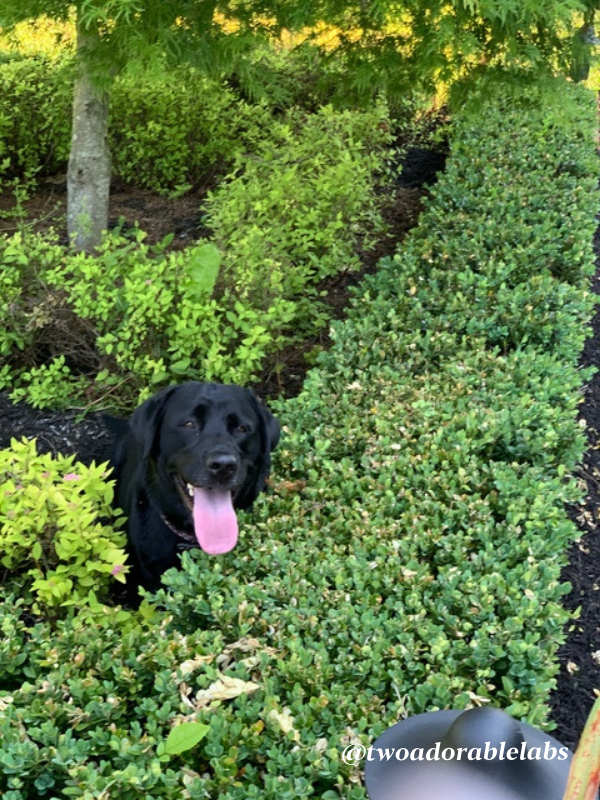
There are 3 main behaviours and attributes we can look at to help differentiate between fleas and lice.
1. Eggs
Adult fleas and lice are similar in size and color, so at a glance, they can be difficult to distinguish from each other. Eggs, on the other hand, are different in both appearance and behaviour.
Flea eggs are usually pale in color and very small, though they can be spotted in clusters a little easier. However, the main reason that flea eggs aren’t typically noticed is that the eggs are not attached to your dog, so they usually end up falling off and completing their development in surrounding carpets or bedding.
Lice eggs, on the other hand, are often white or yellowish. Even though they are no bigger than flea eggs, their brighter color makes them a little easier to spot. Beyond color, lice eggs are glued to individual strands of fur after they are layed so that these eggs will stay firmly planted on your dog.
2. Pest Debris
With any pest infestation, you are more likely to notice evidence of the bugs before you see the bugs themselves. This is another way to tell fleas and lice apart.
Fleas leave behind debris – poop, to be precise. So what you’ll likely notice is little black peppery-specs called flea dirt. Lice do not leave behind the same waste product, so the first visual cue is their eggs.
3. Mobility
Another big difference between the two pests is how they move around your dog’s body, or in the case of lice, don’t move. Lice are much less mobile than fleas because they must stay on the host to complete their life cycle.
Fleas don’t need to confine themselves to your dog, which is why treating fleas involves treating your house as well. Though flightless like lice, fleas can jump, making it easier for them to spread out faster than lice.
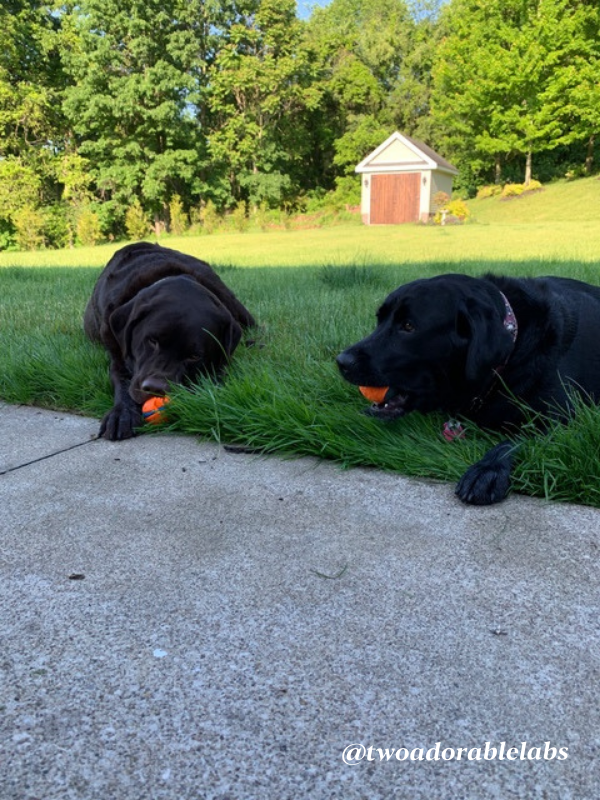
Symptoms of Lice on Dogs
Like fleas and ticks, lice irritate your dog’s skin and coat, so you will often notice the symptoms of these pests before you see the pests themselves. Here are a few things that may result from a dog lice infestation:
Dry, Cull Coat
Because common chewing lice feed on skin cells and other skin secretions, they can leave your dog’s skin and coat feeling dry and scruffy. In addition, the longer the lice feast on your dog’s secretions, the more depleted they will leave your dog’s natural oils that condition his skin and coat.
Itch
It’s natural for dogs to scratch, but excessive scratching is the first sign that there may be a pest living on your dog. Itchiness is a common symptom of many skin and coat, pests, and even allergies or digestive problems. If your dog is itchier than normal, then it’s a good idea to do a physical examination with a flea comb before trying more general skin and coat solutions.
Behavioural Changes
Being itchy all the time would drive you a little nutty too. If your dog is dealing with lice, he might be a little more grumpy, restless, or anxious. These symptoms are often missed, but when combined with other symptoms, they could be a good indicator that your dog has some unwanted guests.
Dandruff
Lice eggs are commonly mistaken for dandruff, which is why it often gets mistreated, allowing the problem to get worse. Even though nits are much smaller than full-grown lice, they are still visible. You might see what looks like white sand sprinkled on your dog’s fur.
One easy way to see if you are looking at dandruff or lice is to brush them out with a flea comb. If the white specs stay put, then they are likely lice eggs. If they come out with the comb, it’s more likely dandruff.
Fur Loss
Though you may see bald patches or fur thinning on dogs with lice, the lice themselves are not responsible, but rather your dog’s scratching and excessive grooming to try to curb the itch and discomfort. Bald patches indicate that your dog is focusing on an area that is causing discomfort, which means it’s best to start looking for lice in the surrounding hair.
Hot Spots
Another secondary symptom of lice, your dog’s scratching, licking, and biting, can lead to open sores that get infected. These are called hot spots. They are typically small circular rashes that are red, inflamed, and sometimes have pus or scabs. Hot spots should be treated separately from the lice as they won’t simply go away after the lice have been eliminated.
Tape Worms
Much like other pests, lice can carry tapeworms that can transfer to your pet. This happens when your pet ingests the host – in this case, lice – and the tapeworm sets up shop in your dog’s digestive system.
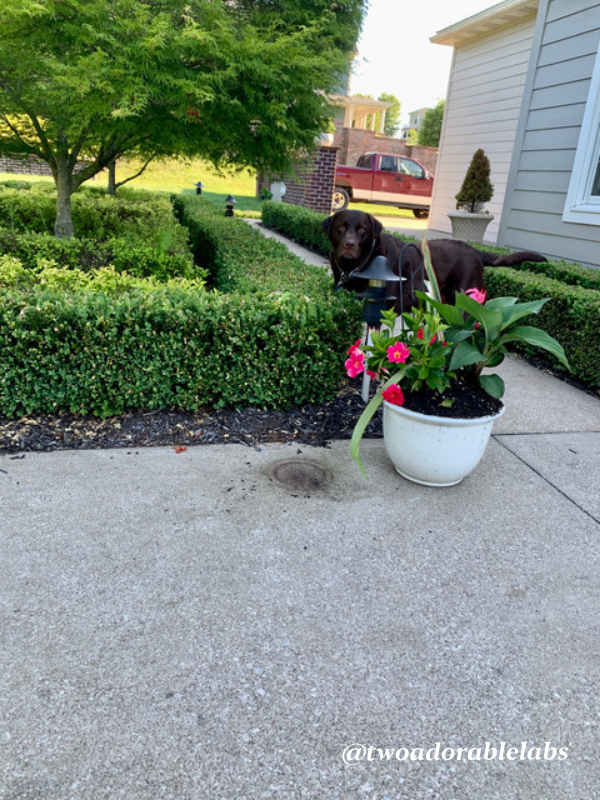
Here are two products that you can use to delouse your itchy doggo naturally:
Diatomaceous Earth
This white powder can be applied topically to your pet to kill hatched lice. The fine white powder is silky in texture to you and your dog, but to a 2mm bug, diatomaceous earth is sharp enough to puncture the outer layer of the lices’ body, which leaves them unable to retain moisture. In time, they dehydrate and die off.
This is a very safe way to get rid of infestations, but this natural remedy does have its downsides. First, diatomaceous earth can’t kill eggs, so you must reapply the powder to eliminate lice as they hatch. Additionally, the lice have to come in direct contact with the powder, so you have to thoroughly coat your dog to ensure that you don’t miss lice that may be hiding in your dog’s nooks and crannies.
Lastly, dusting your dog in powder is messy. Not only will your dog be dusty, but he’ll likely leave a trail in your home. The powder will need to be reapplied after getting wet too.
Diatomaceous earth has many applications. Find out more about Diatomaceous Earth for Dogs.
Coconut Oil
Can it really get rid of lice? The answer is a solid probably. Coconut oil contains lauric acid, which has antiparasitic properties that can be effective against lice and fleas. Coconut oil can be applied topically to deal with hatched fleas and to help soothe itchy skin and irritation.
Its antibacterial properties can also be effective in treating hot spots or sores that have resulted from your dog’s excessive scratching, licking, and biting. Best of all, coconut oil is safe to ingest, so you don’t have to be concerned about your dog licking areas that you have applied coconut oil to.
According to a study done on human head lice, coconut oil was 80% effective at killing the lice. It had the highest success rates of any natural treatments.
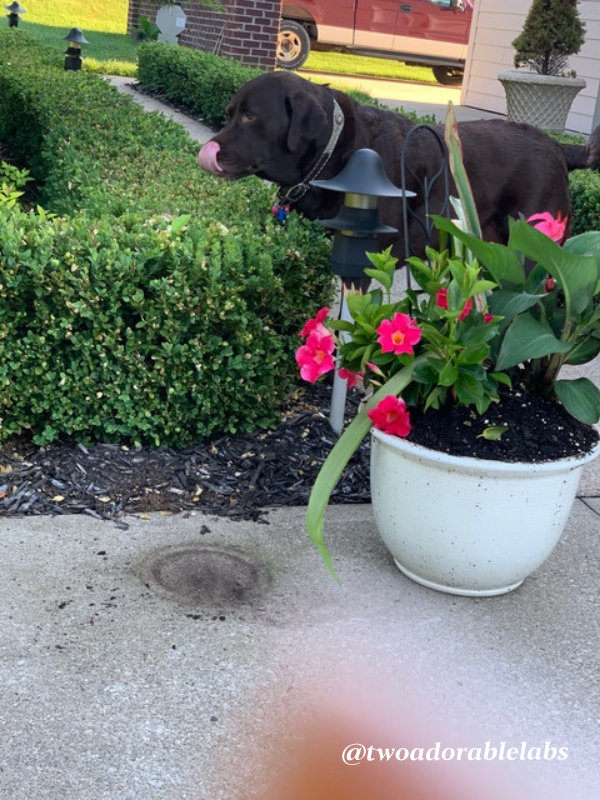
If you are looking for more pet health related posts, check my previous posts here:
Hot Spots and how to treat them
I love hearing from all of you and do my best to respond to each and every one of you. I always enjoy your comments, feedback, and suggestions so keep them coming! If I’ve posted a recipe (for our human and our furry friends) and you try it, don’t forget to tag me on Instagram @twoadorablelabs and use #twoadorablelabs.

You Might Also Like
What Are The Nutritional Stages Over A Dog’s Lifespan?
Happy Wednesday everyone! It’s been a minute since I last posted. It’s been a crazy busy time for us and it doesn’t look like it’s going to stop any time soon but I didn’t forget about you. I’m back and ready to blog! One of my loyal readers has suggested I create...
Your Dog’s Zodiac Sign
Happy Wednesday everyone! Ever wonder what your pet's reaction means to something? Your Dog's Zodiac Sign is a fun post that sheds light on their behavior based on the month they were born. Jake and Maggie are Gemini's born June 8, 2017! The horoscope (see chart)...
The Stigma Surrounding The Pitbull Breed
Happy Wednesday everyone! Today on the blog we are talking about The Stigma Surrounding The Pitbull Breed. For those of you who have never owned a Pitbull, I want to tell you that they are a wonderful breed. So when I heard about the UK banning all XL bully dog...
What Is A Cat’s Primordial Pouch?
Happy Wednesday everyone! Today on the blog we are answering What Is a Cat's Primordial Pouch? My sister adopted a kitten and as he grows, he is developing a very large stomach. I commented on how big he is getting and she said it’s a Primordial Pouch. As soon as...

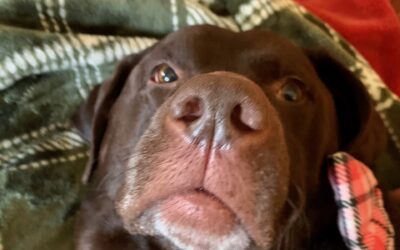
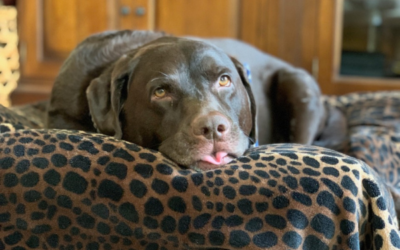
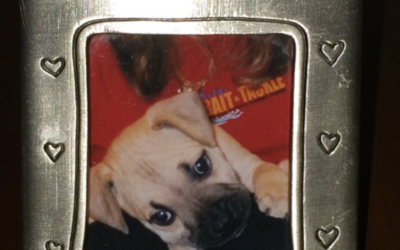
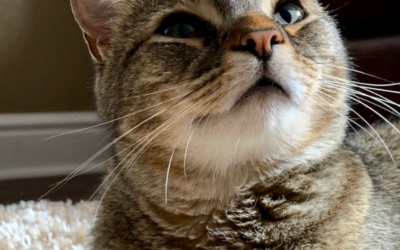
I was trying to find this information helpful since my dog is annoyed by lice. Thanks for such a helpful article. It helped me a lot.
You are welcome. I’m so glad this article was able to help you.